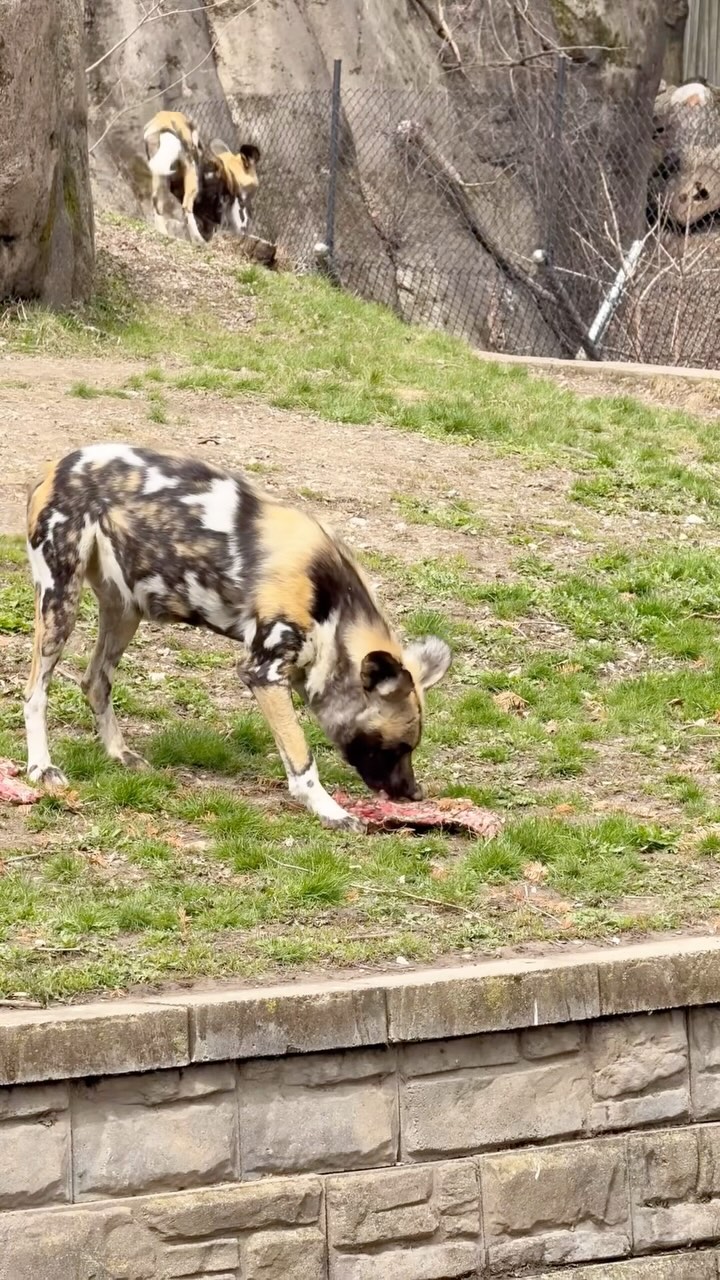- Teamwork dynamics in African painted dogs during hunts
- The hunting strategy: relay chasing explained
- The role of zoo management in promoting natural behaviors
- Problem-solving and social interaction in captive settings
- Implications for conservation and species preservation
Teamwork dynamics in African painted dogs during hunts are one of the most compelling aspects of their social structure. These canines, also known as Lycaon pictus, possess an intricate hierarchical system which helps them function effectively as a cohesive unit during hunting efforts. Their cooperative hunting strategy significantly contributes to their high success rate, often estimated to be around 80%. This exceptional success can be attributed to their ability to communicate and coordinate movements, allowing them to adapt to the behaviors of their prey.
During the hunt, the pack often disperses to encircle their target, each member playing a specific role. The lead dogs engage in direct pursuit while others flank the prey to cut off its escape routes. This multifaceted approach reduces the chance of failure, showcasing the strength of collaborative efforts. With an emphasis on teamwork, they can chase large ungulates such as antelope and zebra over great distances, often tiring them out before making the kill.
The hunting strategy of relay chasing is particularly noteworthy. Rather than a single dog pursuing the prey until exhaustion, the pack engages in a system where members take turns in the chase. This not only maximizes stamina but also allows for continual pressure on the target. As one dog tires, another takes its place, ensuring that the chase remains relentless. This dynamic form of hunting is characterized by bursts of speed followed by moments of recovery, enabling them to exhaust their prey effectively. Such an evolutionary adaptation underscores the critical importance of teamwork in their hunting strategy, making taking down a goat carcass seem effortless.
Zoo management plays a crucial role in mimicking these natural behaviors within captive settings. Facilities like zoos strive to provide environments that encourage social interactions and hunting techniques typically observed in the wild. Providing enrichment activities is key to promoting these instincts in a controlled manner. For instance, animal care specialists at the zoo may use techniques like feeding through a zipline. This method stimulates the dogs to collaborate, requiring them to problem-solve together and reinforcing their social bonds.
By employing such strategies, zoos help ensure that animal behaviors remain as authentic as possible. It can also enhance the physical and mental well-being of these canines, allowing for a more enriching life. The flocking together to retrieve food resembles the dynamics of a hunt, fostering cooperation and social interaction similar to what they would experience in the wild.
The aspect of problem-solving and social interaction in captive settings serves as a fascinating study in animal behavior. African painted dogs are not only driven by instinct; they also display remarkable cognitive abilities. When Daisie, Roanne, and Kellan work together to access food, they demonstrate teamwork that requires communication and strategy. They can exhibit subtle signals through barking and body language, showcasing their understanding of each other’s intentions.
Such social intricacies are crucial for their emotional health and overall development. Studies indicate that social bonds can alleviate stress in animals, much like in human communities. When kept in social groupings, these dogs tend to thrive, showcasing healthier behaviors and reducing signs of anxiety. There is significant evidence that social enrichment can lead to improved welfare outcomes, highlighting its importance in zoo conservation efforts.
The implications for conservation and species preservation extend beyond the confines of a zoo. Understanding the natural behaviors of the African painted dog can inform conservation practices in the wild. As their populations decline due to habitat loss, poaching, and conflicts with humans, recreating their natural social structures can encourage stronger pack dynamics. This is vital for survival since they rely heavily on their social skills for hunting and protection.
Conservationists often work to create wildlife reserves where these dogs can live in environments that mirror their natural habitats. Furthermore, initiatives aimed at educating local communities about the role of these canines in their ecosystems can foster coexistence. By highlighting the importance of teamwork in hunting and social interactions, we can advocate for the preservation of their habitats.
In summary, the teamwork of African painted dogs plays an essential role in both hunting success and social dynamics. Their innovative relay chasing technique reflects the effectiveness of collaboration in natural settings. Zoo management practices that simulate such interactions are vital for the animals’ well-being, assisting in problem-solving and social reinforcement. As we observe these behaviors, it is clear that promoting awareness of their social structure is crucial for the conservation of this species.
Through a combination of zoo education, community engagement, and habitat protection, we can contribute to securing a future for African painted dogs. By maintaining their natural behaviors and fostering a better understanding of their ecological role, we can ensure a sustainable approach to their conservation. The teamwork that makes taking down a goat carcass a breeze serves as a powerful example of how nature, collaboration, and conservation efforts can come together harmoniously.
*****
Source Description
Teamwork makes taking down a goat carcass a breeze!
African painted dogs have a high success rate when hunting because they work together to take down prey. The pack will often work in a relay, taking turns to chase down their prey in order to tire them out. Here at the Zoo, animal care specialists will provide food on the zipline so Daisie, Roanne, and Kellan can problem-solve together to get their meal!


